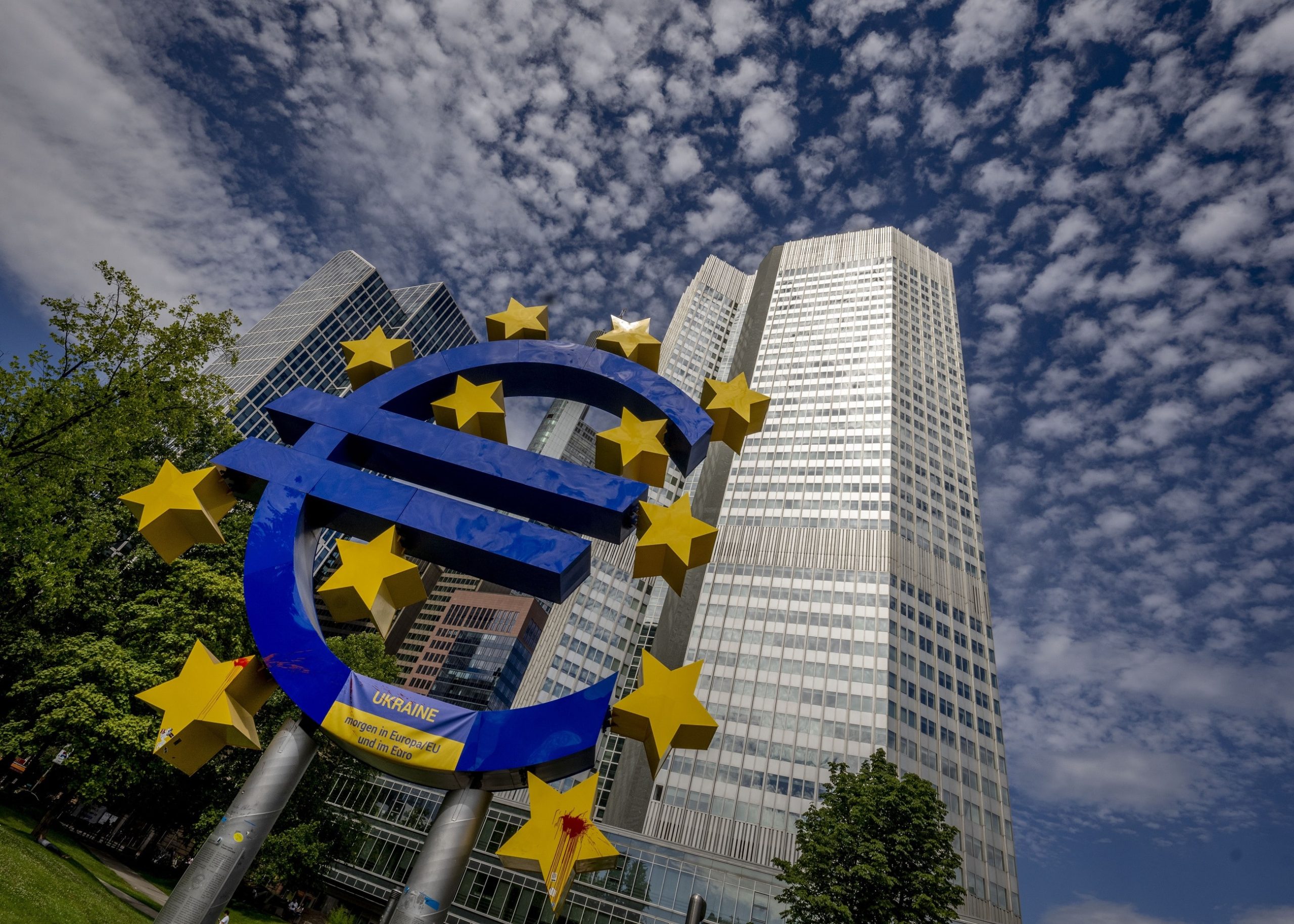Forex
Inflation in the Eurozone in January slowed to 8.6%; in the EU to 10%

Consumer prices in the euro zone rose by 8.6% in January 2023 compared to the same month in 2022, according to final data from Eurostat. The pace of consumer price rises in the bloc has slowed down from 9.2% in December. Earlier it was reported that prices rose by 8.5% year-on-year. Inflation in the Eurozone in January was up 0.2% relative to the previous month. Stay tuned as this news has an impact on the DAX Index.
Consumer prices excluding such volatile factors as energy, food and alcohol (CPI Core index tracked by the European Central Bank) rose 5.3 percent year on year last month after rising 5.2 percent the month before.
Prices in the euro area in January for food, alcohol and tobacco products rose 14.1% after rising 13.8% in December. The increase in energy prices slowed to 18.9% after a 25.5% increase a month earlier. Services became more expensive by 4.4%.
In the 27 EU countries, prices rose 10.0% year-on-year in January, after rising 10.4% a month earlier. Relative to the previous month, prices in the EU increased by 0.2%.
The lowest inflation in annual terms in January was observed in Luxemburg (5.8%), Spain (5.9%), Cyprus, and Malta (6.8%). The highest growth in consumer prices was registered in Hungary (26.2%), Latvia (21.4%) and the Czech Republic (19.1%).
In Germany, annual inflation slowed down to 9.2% from 9.6% in December. In Italy – to 10.7% from 12.3% a month earlier. In France, price growth accelerated to 7.0% from 6.7% a month earlier.
Earlier, we reported that the Israeli shekel fell to its lowest level since April 2020.

 Forex3 years ago
Forex3 years agoForex Today: the dollar is gaining strength amid gloomy sentiment at the start of the Fed’s week

 Forex3 years ago
Forex3 years agoUnbiased review of Pocket Option broker

 Forex3 years ago
Forex3 years agoDollar to pound sterling exchange rate today: Pound plummeted to its lowest since 1985

 Forex3 years ago
Forex3 years agoHow is the Australian dollar doing today?

 Cryptocurrency3 years ago
Cryptocurrency3 years agoWhat happened in the crypto market – current events today

 World3 years ago
World3 years agoWhy are modern video games an art form?

 Commodities3 years ago
Commodities3 years agoCopper continues to fall in price on expectations of lower demand in China

 Economy3 years ago
Economy3 years agoCrude oil tankers double in price due to EU anti-Russian sanctions

























